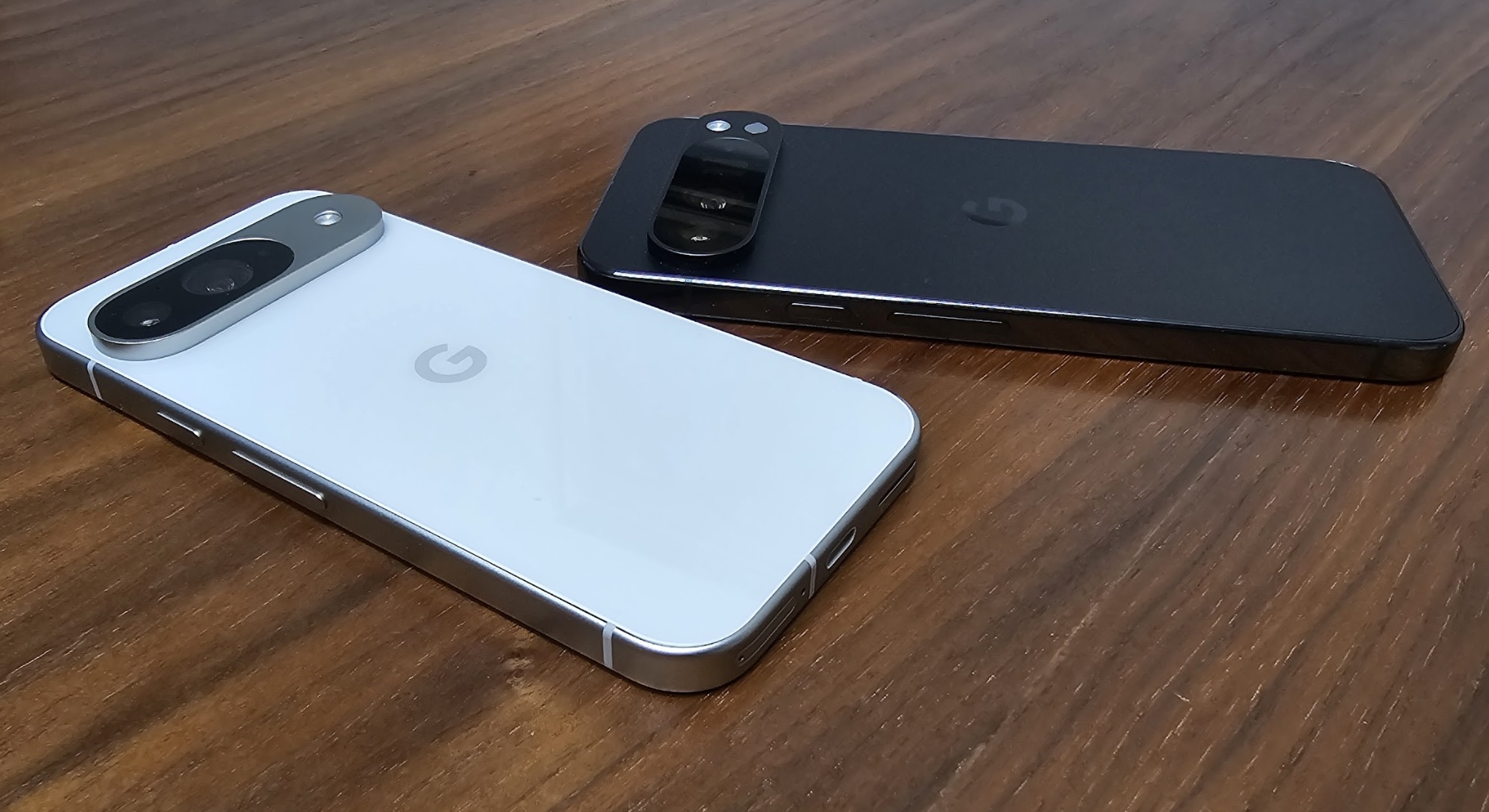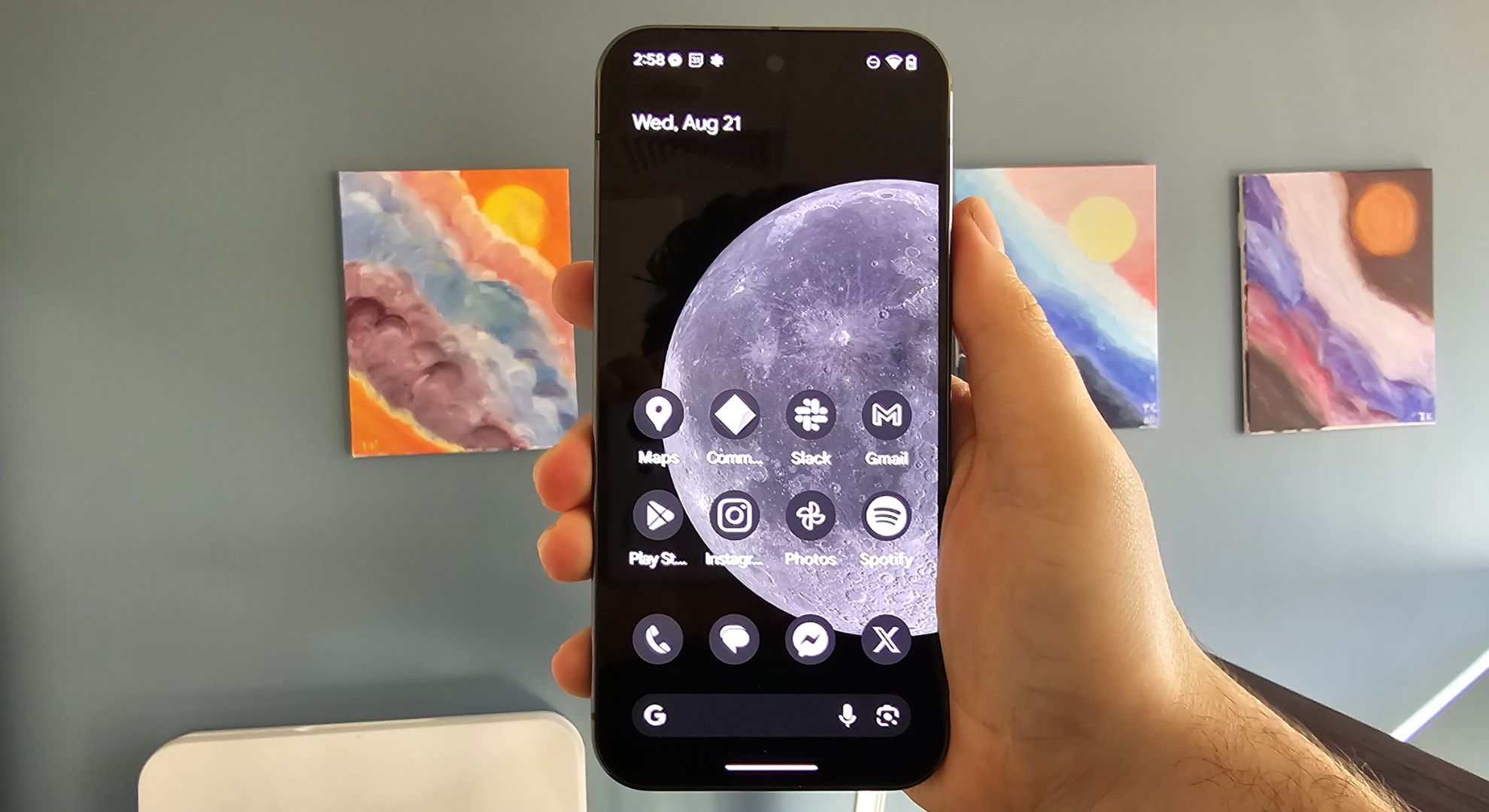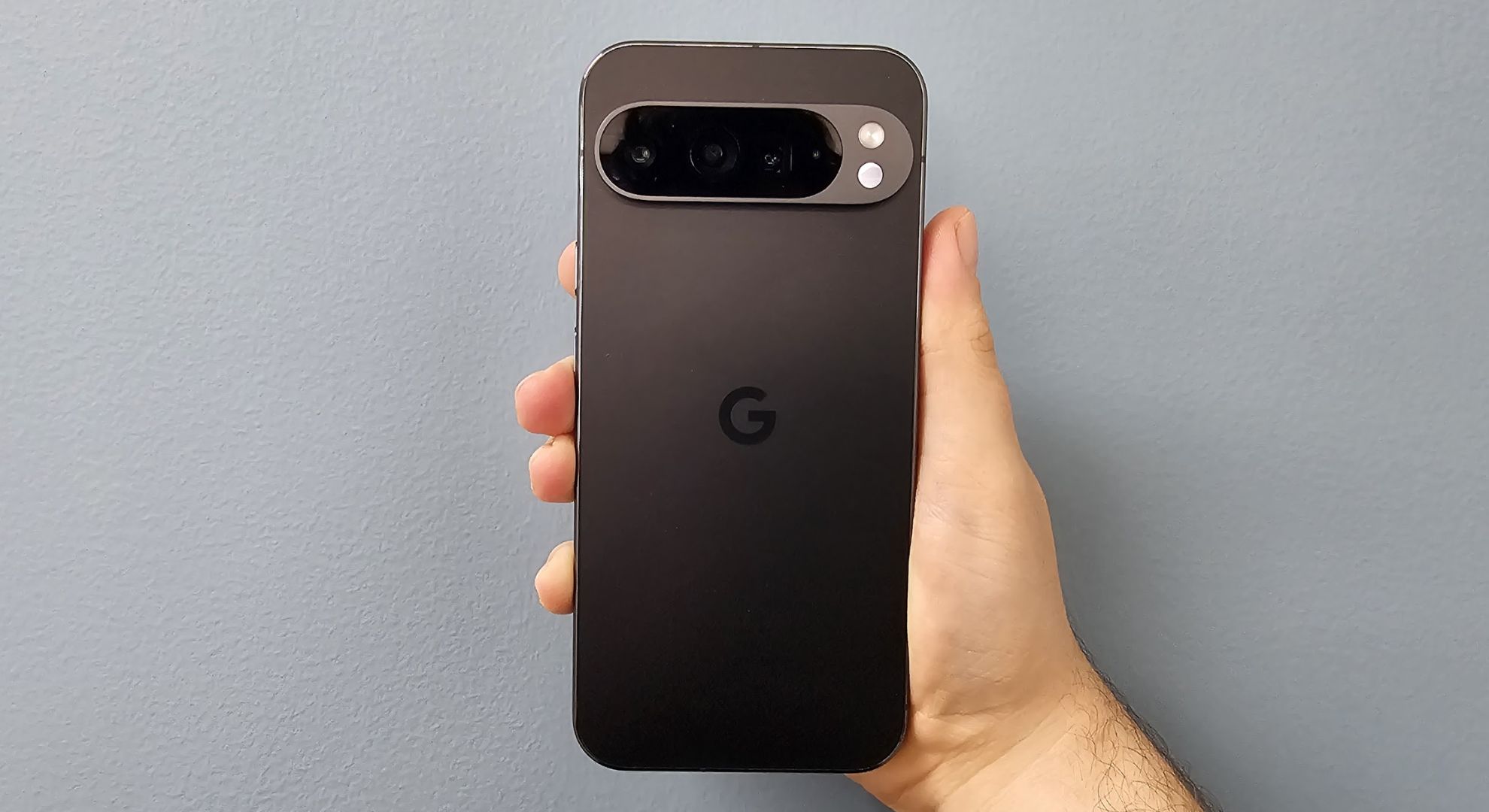
It’s difficult to break out of the Apple ecosystem. Sure, plenty of people find it a comfortable place to be, as Apple provides an exceptionally well-crafted user experience and interface, but for folks wanting a little bit more out of a device – particularly for better compatibility with Windows devices and a greater range of apps – Android is there for you… if you can deal with Android. Thankfully, Google offers the best Apple detox.
Back in 2022, I switched from the iPhone 12 mini to the Google Pixel 6a, and I loved it. I instantly fell in love with Google’s assortment of apps and the on par experience offered by Google. The search giant completely mastered the ins and outs of a competitive Android experience, backed up by a range refresh with the Pixel 6 phones from the year prior. It’s no surprise why I liked the phone so much; while Samsung and Oppo are both competitive smartphone rivals in terms of performance and stats, Google went all in on user experience and mastering the camera.
And in my opinion, this remains the secret sauce of the Google Pixel range – which I have rediscovered with the Google Pixel 9 Pro XL. Samsung’s phones are brilliant, and the Samsung Galaxy S24 Ultra remains my personal phone because of its immense performance. Google Pixels are, however, the best iPhones that Apple doesn’t make.
Looking to quit Apple? Start with a Pixel

Using the Google Pixel 9 Pro XL over the past week has been brilliant. Google’s phones remain the easiest Android devices to get used to, without unnecessary bloatware heaped on top of the OS. The bloatware problem remains an annoying disadvantage to phones from, for example, Oppo and Asus – and to a lesser extent Samsung.
Instead of a slurry of apps from a wide range of developers, Google sticks to its own in-house developed apps and nothing more until you hop on the Play Store. The company already has the best maps app in the world, along with what I would consider to be the best cloud-based Drive and Photos app, so those bases are well covered.
For many Android phones, setup is an awkward tap dance between services linked to Google and services linked to the phone maker. Many of the apps made available to me on my Galaxy S24 Ultra have gone unused because I simply don’t want to use Samsung’s version of them (for example, Samsung Gallery and Samsung Pay) when I can simply use Google’s versions.
On a Pixel, setup is simple and reliant on a Google account that you probably already have (by virtue of Gmail being the world’s most popular emailing service, which doubles as a Google account). If you don’t, that’s fine, you can use a non-Gmail account to create a Google account. It’s an extremely clean process that’s helped by a really user-friendly OS design.
And then once all of this is done, you’re free. Install the apps that you want and enjoy the wider compatibility with non-Apple devices (including Android and Windows devices). There’s absolutely nothing wrong with sticking to Apple, but the Pixel represents an easy way out if you're looking for one.
Not only does Google’s approach to software make it an attractive Apple alternative, but the hardware side of things has gotten noticeably more premium in recent years.
The camera bar, introduced with the Pixel 6 range, made the phones look both unique and exceptionally premium, while also ushering in a new camera system that put Pixels on the same stage as the iPhone and Galaxy S range. The Pixel 9 range includes a fairly redesigned camera bar that’s much more rounded, essentially making the need for a case necessary for how much it protrudes out.
But it’s not all Pixel perfect

In fairness, Google has squandered one of the more competitive aspects of the Pixel range. A modest price jump for the Pixel 8 and Pixel 8 Pro in 2023, followed by another price jump in 2024 for the Pixel 9 and Pixel 9 Pro XL (spurred by the introduction of the Pixel 9 Pro as a separate device from the Pro XL) has made the phone noticeably less competitive on the price front.
Keep in mind that Google’s proprietary Tensor processors, now the Tensor G4 chip with the latest phones, is historically less powerful than its competition from Apple and Samsung. This performance gap was previously alleviated by a much lower cost, but it’s now exacerbated by costs that put it in more heated rivalry with those other companies. Most people probably wouldn’t notice a performance gap, but it’s something that might irk power users who use hugely demanding apps or play graphically intensive games.
Google has also opted out of a ‘Titanium’ model, bucking a trend established by Apple with the iPhone 15 Pro and followed by Samsung with the Galaxy S24 Ultra. Unlike higher-end Samsungs, which also followed through with a price increase, there’s also no vapor cooling chamber to speak of and a noticeable lack of UFS 4.0 storage (Google uses 3.1) which results in slower read/write speeds compared to the S24 range.
So this is where my head is at: if you’re looking to try out an Android phone for the first time, then I would strongly recommend the Google Pixel 8a as a starter phone. If you want something more powerful, then consider gravitating to the Pixel 9 for better performance, or the Pixel 9 Pro and Pixel 9 Pro XL for better photography.
If you’re comfortable with the Android world, then I would highly recommend the phones from the Samsung Galaxy S24 range or many other phones.







